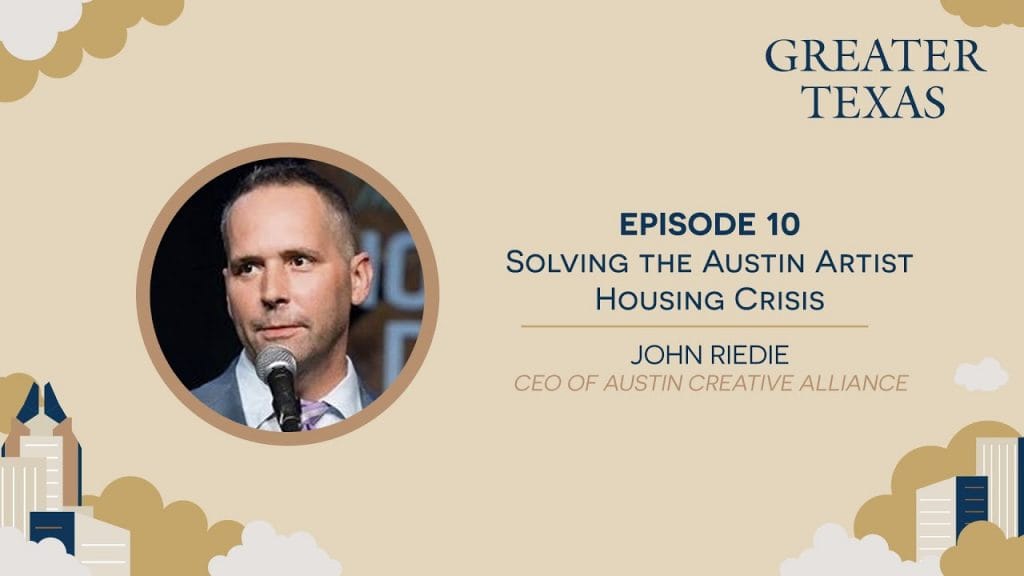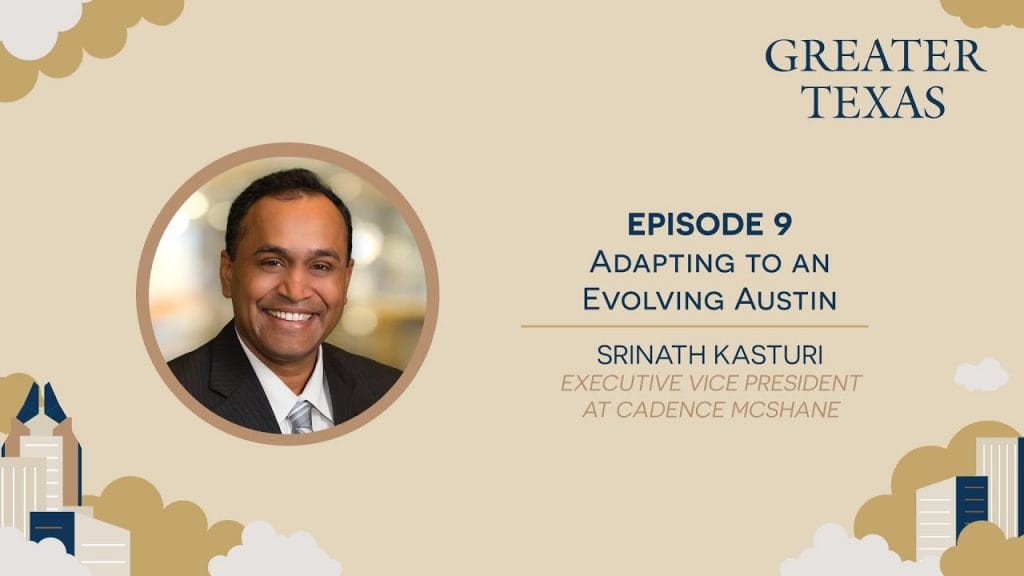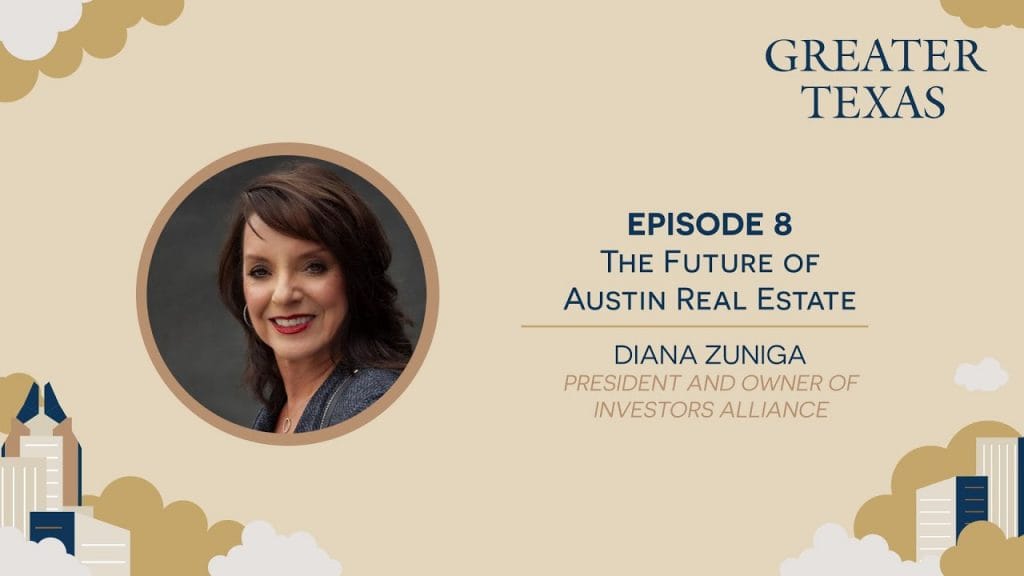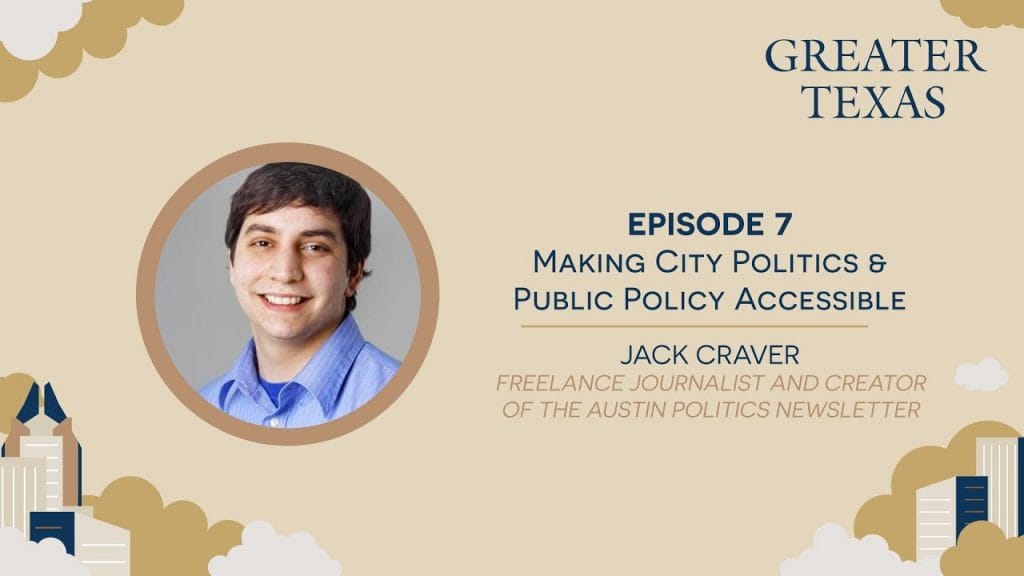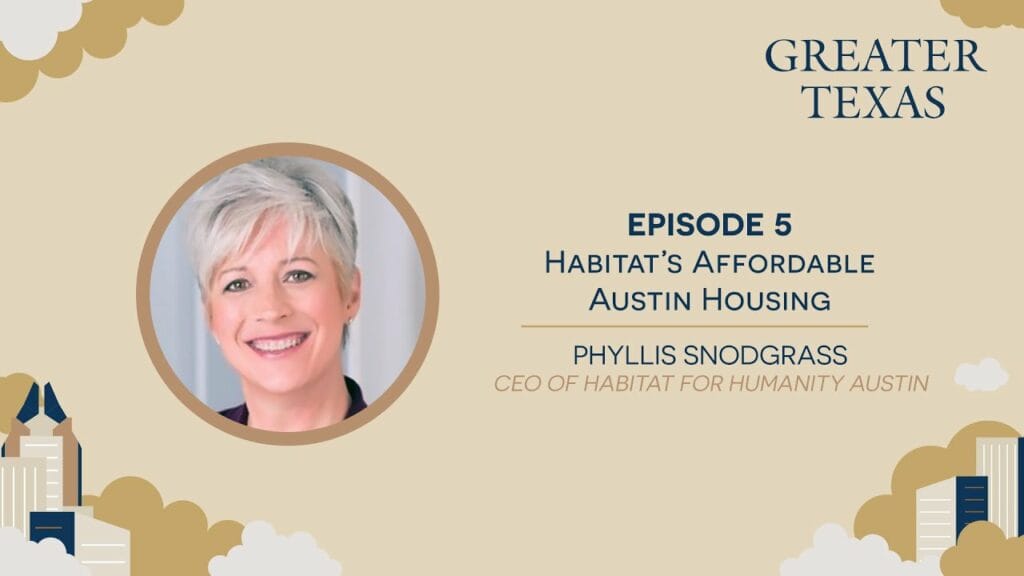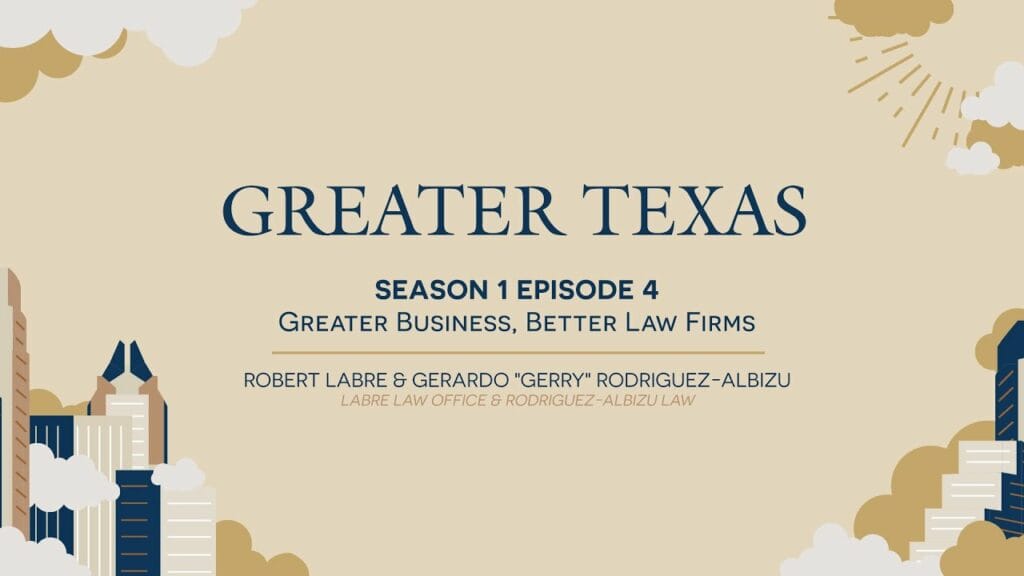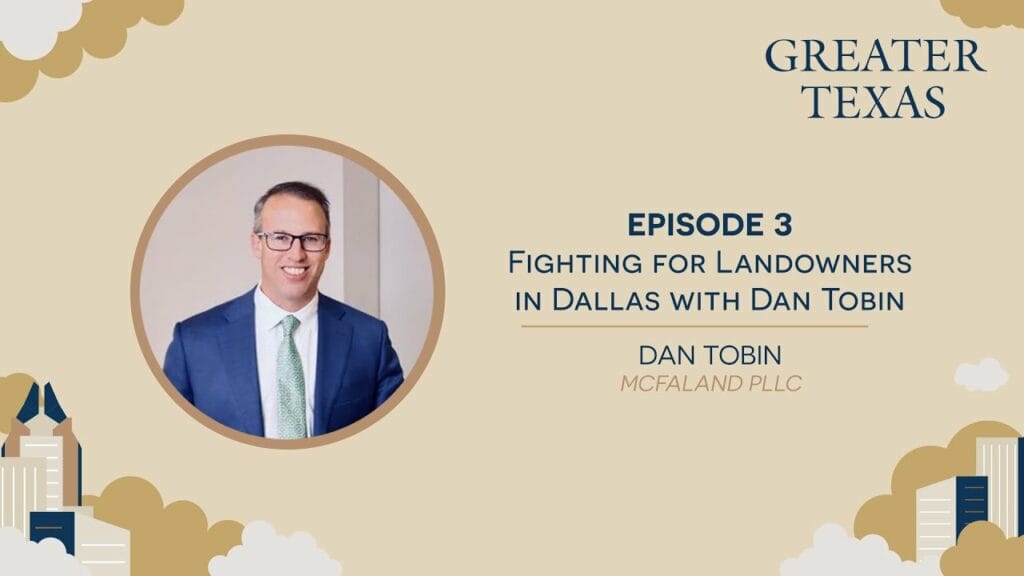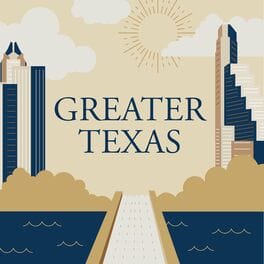Solving the Austin Artist Housing Crisis with John Riedie
John Riedie, CEO of Austin Creative Alliance (ACA), takes on the tough topic of the arts and cultural crisis in Austin. Gone are the days where the city of Austin was an affordable, alternative environment for weird and wonderful artists nationwide. Now, as Austin becomes one of the most expensive places to live in the country, John’s team at ACA has to step up to advocate for the forgotten artists and arts organizations, and encourage personal and corporate philanthropy to keep Austin’s culture afloat.
Timecoded Guide:
[00:00] Podcast begins – Solving the Austin Artist Housing Crisis with John Riedie
[02:10] Supporting artists at the Austin Creative Alliance
[07:22] Affordable housing for Austin’s starving artists
[13:17] Rising commercial real estate prices bankrupt cultural nonprofits
[16:55] Private vs public funding to preserve the weird art of Austin
[22:46] Appealing to businesses for philanthropic art support
What does the Austin Creative Alliance (ACA) do for individual artists and local arts organizations?
As CEO of Austin Creative Alliance, John spends his days supporting both individual artists and arts nonprofits on many different levels. From emergency grants to training opportunities, the landscape of the city of Austin has been kept culturally afloat by the consistent operating support and technical resources that the ACA is able to provide. Alongside finances and resources, the ACA also advocates for art at a city level and applies for public funding.
“We sponsor up to 100 projects. What that means is that we’ll help them raise money, we’ll help them figure out how to pay their bills and make their careers work. And then, we advocate for them at the city level, mostly for resources for arts and culture.”
How are you seeing the individual artists you work with react to the Austin housing crisis? Are artists leaving Austin?
The luster of Austin’s arts scene is wearing off for many local artists, especially as housing prices rise and rent becomes nearly unaffordable in Austin apartment complexes. Seeking a more affordable environment, artists established in Austin as living outside the city and commuting to work. Meanwhile, younger artists aren’t picking Austin as the place to start their new careers and are picking areas with better funding and housing for artists, like Houston.
“I’ve been in the arts community my entire adult life. We see fewer young artists moving here now. Who would? If you’re a young person who wants to make a career in the arts and you start thinking about where to go, one of the most expensive cities in the country is not on your list.”
What effect has rising commercial real estate prices had on Austin’s arts and cultural nonprofits? What about music venues and performance spaces?
After moving to Austin for college, John watched the continuously growing city of Austin transform from an artist’s mecca to a barely-affordable place to live. In the process, John has seen a lot of performance venues, especially for musicians, and studio spaces go out of business or lose their leases. Not only do artists lose employment when these spaces close, but Austin loses essential cultural venues that are unique to the city.
“I think there’s definitely fewer music venues. I do think having more artists is going to create more spaces because artists are very resourceful and creative people, they’ll make it. So, the more artists you have, the more stuff is going on, no matter what.”
How can we solve some of these problems for local artists? What is philanthropy like in Austin compared to other cities?
While public funding does exist for artists in Austin, John explains that access needs to be expanded and philanthropy is seriously lacking. In terms of fundraising efforts, the old money oil wealth of Houston might not exist in Austin, but personal and commercial wealth absolutely exists in a plentiful way. Businesses should be engaging with the arts philanthropically and, according to John, they desperately need to in order to keep Austin an interesting place to live.
“It’s always a combination of public funding and philanthropic funding. Where Austin falls short is the philanthropic side, so we do well with the public funding, but we haven’t really figured out how to unlock that philanthropy.”
———
Keep up with John Riedie on LinkedIn
Become an advocate for the arts in Austin on the Austin Creative Alliance website
If you enjoyed this podcast, check out more episodes on Audible, iHeart, and Youtube
Learn more about the Bukowski Law Firm and the Greater Texas podcast on our website and Youtube channel
Solving the Austin Artist Housing Crisis with John Riedie Read More »
